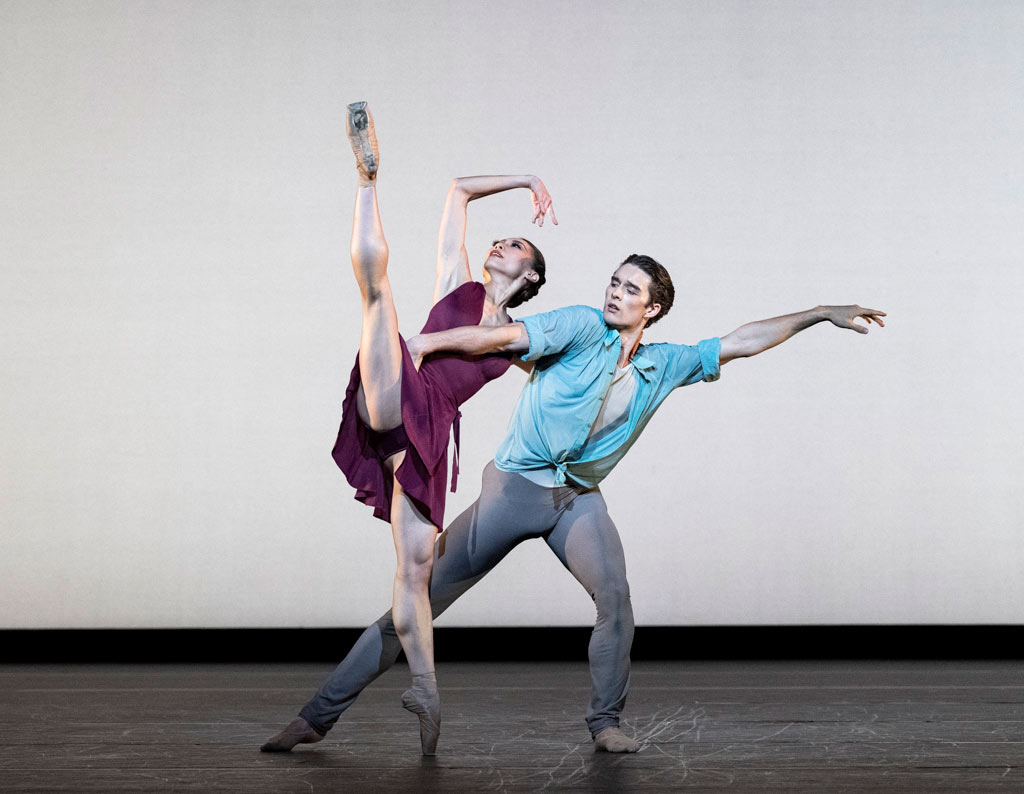
© Foteini Christofilopoulou, courtesy the Royal Opera House. (Click image for larger version)
Royal Ballet
Beauty Mixed Programme: The Sleeping Beauty Act III, Anemoi, Divertissements: Morgen, Winter Dreams pdd, After the Rain pdd, Woman with water, Voices of Spring pdd
★★★★✰
London, Royal Opera House
26 June 2021
Livestreamed 9 July – 8 August 2021
Gallery of pictures by Foteini Christofilopoulou
www.roh.org.uk
The Royal Ballet ends its 90th anniversary summer season with a very mixed bill, enabling junior and senior members of the company to shine in new works and extracts from the company repertoire. Adjustments had to be made at the last minute because a number of dancers needed to self-isolate. Aurora’s wedding was shorn of guests and the premiere of Valentino Zucchetti’s Anemoi went ahead with fewer dancers and a cast change.
Anemoi bears a resemblance to Jerome Robbins’s Dances at a Gathering in the way that its cast members come and go without a narrative thread, responding to the moods of the music (here a Rachmaninoff selection). Duets are not about relationships: they are mostly brief exchanges about the pleasure of dancing together, not necessarily with the same partner. Costumes and colours change somewhat bewilderingly as bits of clothing are removed between sections. (Designs are by Jean-Marc Puissant.) When the second movement was performed as Scherzo in a livestreaming and in the British Ballet Charity Gala, all 16 dancers were in blue.

© Foteini Christofilopoulou, courtesy the Royal Opera House. (Click image for larger version)
The new title refers to the four gods of the winds in Greek mythology, bringing the changes of the seasons. Perhaps the sprightliest of the young men, Daichi Ikarashi, is Zephyrus, herald of spring. His buoyant solos are seen off by a phalanx of young women who take over the stage as he retreats into the wings. Leticia Dias is their tempestuous leader, a force in her own right. Outstanding among the men are tall Leo Dixon and Lukas Bjørneboe Braendsrød, who both partner Mariko Sasaki as the principal woman. By the final section, the speedily alternating duets, solos and ensembles have resolved into an extended pas de deux for Sasaki and Braendsrød with extravagant lifts to soaring violins. Silhouetted at the rear are six couples, the women held across the men’s bodies, limbs bent like scorpions’ pincers: memorable, if bizarre.
The speed and intricacy of Zucchetti’s arrangements of classical ballet vocabulary have provided the young cast with challenges as they return to live performances, with the implication that winds are blowing away the constraints of lockdown. The dancers make full use of their hard-won technique, maintained in difficult circumstances and polished by teachers and coaches now they’re back in the studio. How frustrating for those who have had to self-isolate before the first night performance!

© Foteini Christofilopoulou, courtesy the Royal Opera House. (Click image for larger version)
At the centre of the programme come five contrasting duets in quick succession, starting with Wayne McGregor’s Morgen, created for the first onstage concert livestreamed in June last year. It’s a strange courtship for a semi-naked man (César Corrales) and a petite ballerina in an orange shift (Francesca Hayward). Richard Strauss’s setting of a tender poem, intended as a wedding present for his wife, is poignantly sung by Sarah-Jane Lewis, with Vasko Vassiliev as the solo violinist. Corrales undulates around lonesome Hayward, longing to touch her until he can lift and drape her across his shoulders. They end in an embrace on the floor, envied by viewers forbidden to hug their loved ones.
The ‘Farewell’ pas de deux from Kenneth MacMillan’s Winter Dreams depicts the only passionate relationship in the mixed bill. Danced by Laura Morera with Ryoichi Hirano as the object of her anguish, it’s evident that her outpouring of feelings is for a misplaced love. He is going to leave her to go to his next military posting, as Colonel Vershinin did in The Three Sisters, on which the ballet is based. She has invested too much in their affair, imagining he returns her adoration in equal measure. Morera’s Masha breaks her heart and yours, but her soldier lover won’t suffer for long. An exceptional dance actress, Morera is a company treasure.
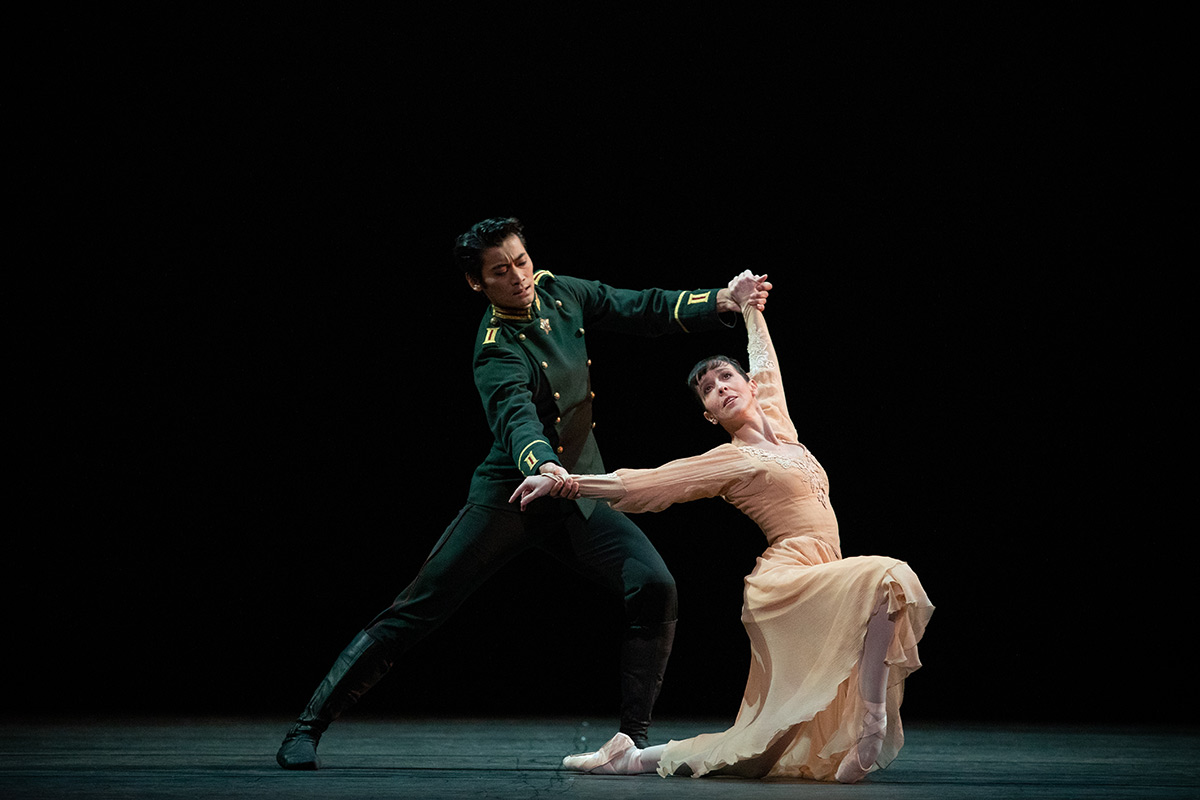
© Alice Pennefather, courtesy the Royal Opera House. (Click image for larger version)
Beatriz Stix-Brunell, a much-loved First Soloist, is bidding farewell to the company in July to pursue academic studies in the United States. Her last performances are in Christopher Wheeldon’s After the Rain pas de deux – a fitting choice, since she started her dance career, aged 14, in Wheeldon’s Morphoses company. The pas de deux, alas, has become a contemporary ballet-beautiful staple, as has its music, Arvo Part’s Spiegel im Spiegel. I’ve come to resent it for its manipulation of our sentiments, however sincerely it’s performed. The woman, in a skimpy leotard, is treated by her male partner (Reece Clarke) as though she’s vulnerable enough to be cradled, when she’s strong enough to lean out from his thighs as a figurehead, long hair streaming. The pas de deux starts and ends with his re-arranging her like a table, face upwards, with her hands and feet on the floor, signifying what, exactly, about their relationship?
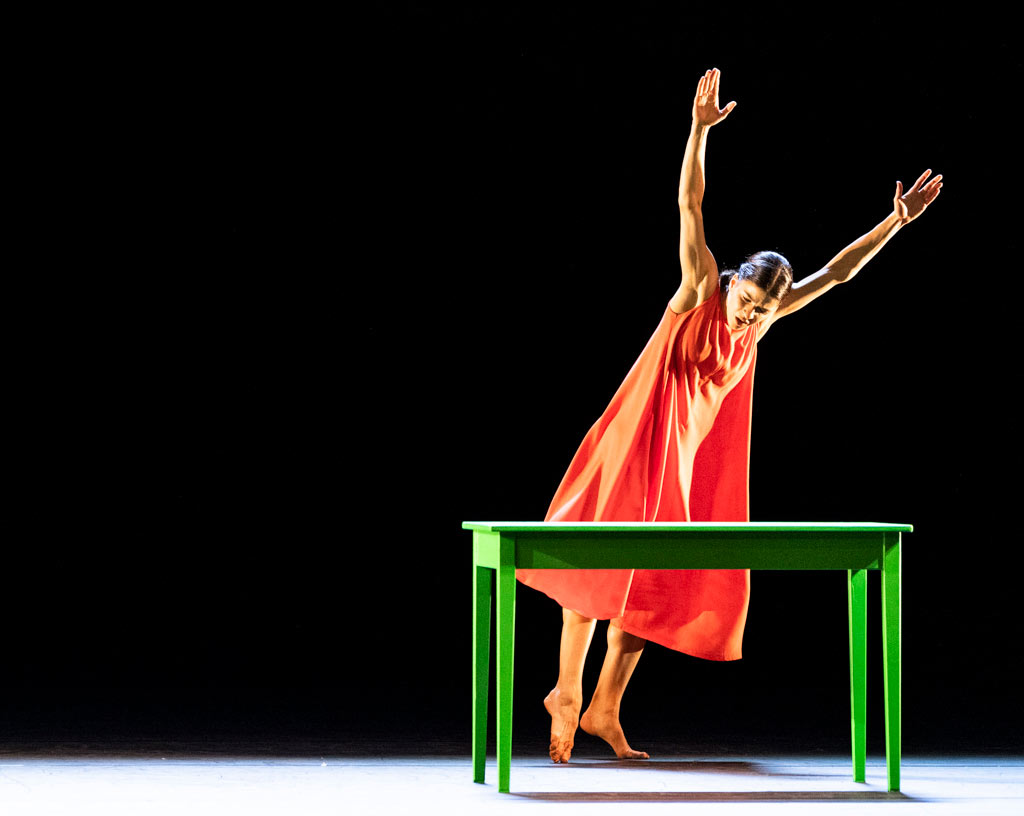
© Foteini Christofilopoulou, courtesy the Royal Opera House. (Click image for larger version)
A real table features in Mats Ek’s woman with water, a pas de deux he created for the Swedish Ballet last year. The first cast features Mayara Magri as the woman craving a drink of water from a large glass on a bright green table. Lukas Bjørneboe Braendsrød is the enigmatic man in black who contemptuously obliges her. Is he her spouse, lover or servant? Might she be Miss Julie? The music is by the Swedish band, Fleshquartet, who provided the theme for the Wallander TV series. There’s a murder mystery at the end of the duet (or is there?) with the man clearing away the spilt water and the splayed body of the woman. Magri is searingly vivid as the woman in her orange maxi dress, barefoot, avid and angry. Her ferocity is a welcome jolt to the senses after Wheeldon’s saccharine pas de deux.
The fifth offering is Frederick Ashton’s kitsch Voices of Spring, with its message that a ballet partnership can be fulsome fun. Anna Rose O’Sullivan and Marcelino Sambé are well matched as equals, mirroring each other when he’s not assisting her to leave the ground in higher and higher lifts. He carries her off triumphantly, perched on top of his upraised arm as the audience applauds in delight.

© Johan Persson, courtesy the Royal Opera House. (Click image for larger version)
After an interval comes the third act of The Sleeping Beauty, the ballet that reopened the Royal Opera House after World War II (and the theatre’s refurbishment for the new century). Aurora’s wedding is celebrated with divertissements by fairy tale characters before the grandest of grand pas de deux for the royal couple – Marianela Nunez and Vadim Muntagirov in the opening cast. It starts as a formal encounter between the heirs to two dynasties, who trace out their territories before coming together for a kiss, he on bended knee, she in an arabesque penché. Then it becomes an account of their union, with elegant solo variations revealing who they are and how happy they have become. Nunez and Muntagirov perform the pas de deux to perfection, overjoyed at being back on stage together in a ballet they know so well. Their court may have been reduced in numbers, like so many wedding parties in the past year, but the Royal Ballet can still honour its signature ballet and its founder, Ninette de Valois, who made it a foundation of her company’s repertoire.












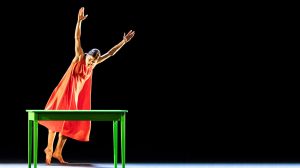


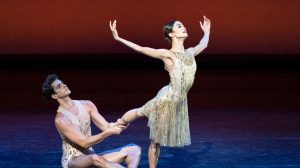
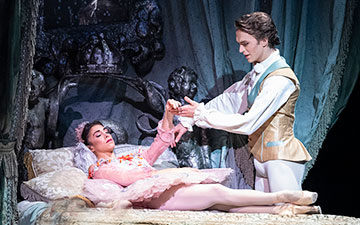
You must be logged in to post a comment.